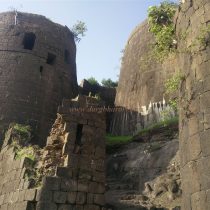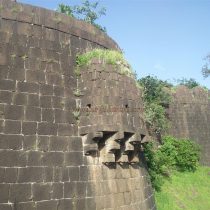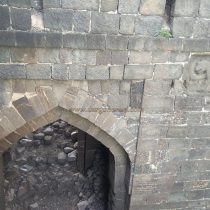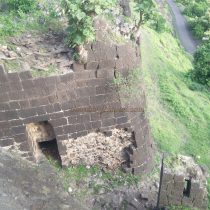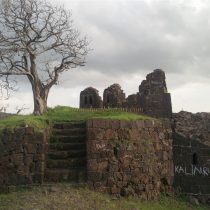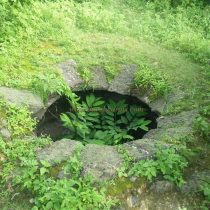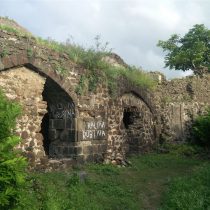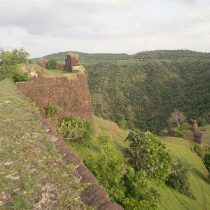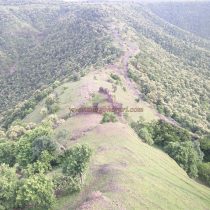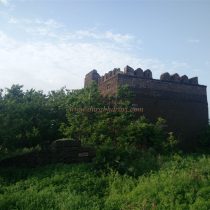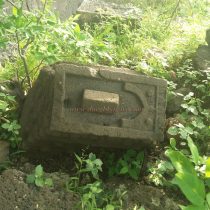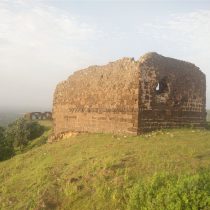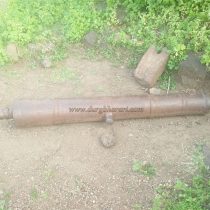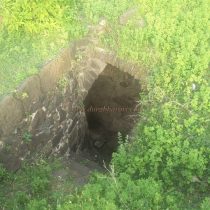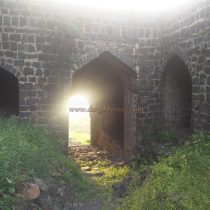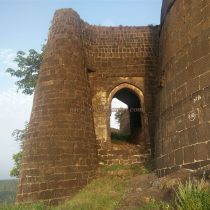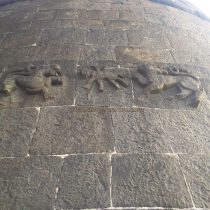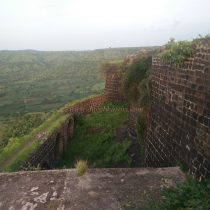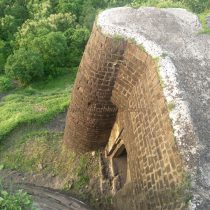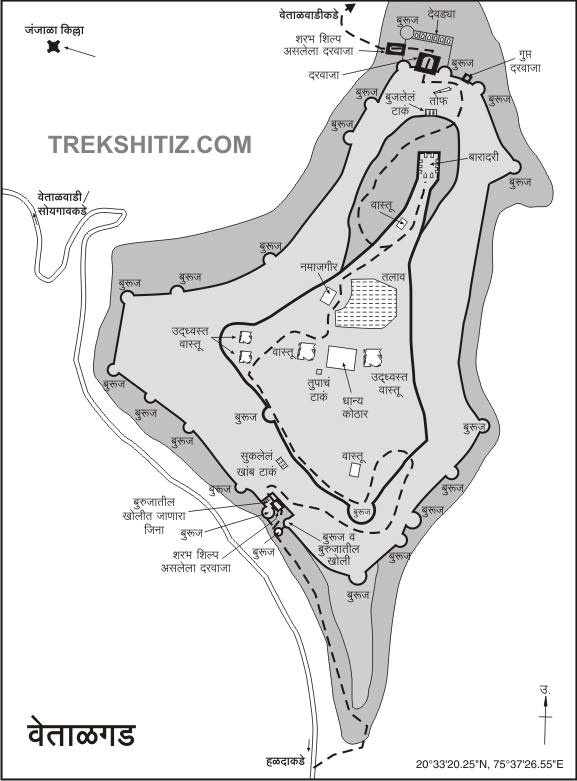VETALWADIGAD
TYPE : HILL FORT
DISTRICT : AURANGABAD
HEIGHT : 2030 FEET
GRADE : MEDIUM
Many small and big hills in the Sahyadri range were decorated with forts during the reign of various dynasties. One of these forts is Vetalwadigad aka Vasai fort. The fort's magnificent ramparts, bastions, and the structures on it are remaining, thus this fort is one of the favorite forts of the trekkers. Along with Vetalgad (Vetalvadigad), one can also see the Rudreshwar Caves in the nearby hills. Fardapur village is at a distance of 105 km from Aurangabad on the Aurangabad-Ajanta-Jalgaon road. Soygaon is a village in the tehsil, 15 km from Fardapur on the Fardapur-Chalisgaon road. Soygaon - Vetalwadi distance is 4 km and from Soygaon you can reach Vetalwadi fort gate by six-seater rickshaw. As you approach Vetalwadi village, you can see the remains of the fortifications on the hill in front and the structures on the fort.
...
It is possible to reach the southern foothills of the fort through the Haldya Ghats by taking a detour to the hill of the fort. There is a beautiful view of the Vetalwadi fort from here. The towering ramparts and bastions built on the hillside, the door hidden in the two strong bastions in front attract our attention. There are two big bastions near the gate of the fort and behind these two bastions, there is a taller and bigger bastion with carved decorations. The design of the gate of the Vetalwadi fort is a bit different. The jibhi is built in front of the bastions outside the main gate of the fort. The jibhi is a wall erected in front of the main door. The reason behind building this wall is so that the door cannot be attacked directly in a battle. The paved path from these two bastions turns at a right angle and leads to the north-facing door. The bottom of the bastion on the left has a small door like structure but why its exact use is not understood. This gate is known as Janjala Gate as it faces the Janjala Fort. The door, which is about 20 feet high, has carvings on both sides and spacious porches for guards on the inside. Upon entering through this door, there are steps on the left side to go to the top of the bastion of the door. There is a small staircase leading down to the barn inside this bastion. Standing at the top of the door, you can see the distant ramparts, the Halda Ghat below the fort, and the Vetalwadi dam at the bottom. Passing this door, you enter the Machi of the fort. The entire fort is protected by a 20-25 feet high rampart. Barrages are placed in each bastion to strike at the enemy. From here, you can see the fort of Vetalwadi and its ramparts. There is a huge pillared water cistern when you go down the door and go up a little to the right. Seeing that, we should come to the door again and turn right to take a detour around the fort. At the beginning of this path, a small door can be seen in the bastion on the right. Going down the steps of the gate, you can see a beautiful room like Hawa Mahal built in the bastion of the fort. This bastion is the beautifully decorated bastion that you see from a distance on the fort. The creative imagination of the fort builder of that time should be appreciated. On the right side, you can see the sloping ramparts and in the end, you can see a bastion and a tree on it. This bastion at the eastern end of the ramparts is slightly separated from the ramparts. There are eight to ten steps to reach this bastion. From here you can see the Ajanta mountain range and Rudreshwar caves on the left. After ascending the valley from this bastion on the right-hand side, in ten minutes we reach the citadel by taking a detour around it. The citadel is elliptical spread from south to north and from here you have to climb the ramparts and walk to the middle bastion. Near the last bastion of the citadel, there is a domed structure of a bathroom with beautiful carvings and roof vents. The fact that it is a bathroom can be seen from the mud pipes in the wall. Going down from the middle bastion and walking straight, you can see the cistern built in the ground. Here we walk through the bushes and reach a building in front. This building is the barn of the fort. In front of this building are the remains of a ruined mansion. Going further, there is a building (mosque) called Namazgir decorated with beautiful carvings and arches. The Nizam symbol on its wall makes us aware of the dominance of the Nizamshahi in this area in the past. To the right of the Namazgir is a carved stone tomb with a big pond filled with green water in front. It is currently the only source of water on the fort, although its water is not potable. Further to the west is the narrow machi of the fort with a structure called Bardari aka Hawa Mahal with 2 arches. This is a structure specially designed for the ladies of the royal family to enjoy the cool breeze of air. There is no construction inside this building. On the way to this building, there is a structure on the left. The main gate with the fort's strong bastion and the village of Vetalwadi below it can be seen from Baradari. To reach the main gate of the fort, one has to come back a little from Bardari. After descending to the plain surface, you can see the steps of the ramparts in front. There is an extinguished cistern here and a 7 feet long cannon has fallen on its side. The secret door of the Vetalwadi fort is found on the right side of the ramparts. Upon entering through the gate, there is a bastion at the top and a moat built at the bottom. After looking at the secret door, go to the Vetalwadi gate of the fort. The first door in a group of two doors is of simple construction. Next to it is the way to the main Vetalwadi gate and this west-facing gate is protected by strong ramparts and bastions on both sides. There are guard porches in the area between the two doors. The grandeur of the door can be seen by descending steps and having a look at the door from there. The protective bastion of this gate, which is still in good condition, has carvings on it. Here your fort round ends. From here we reach Vetalwadi village in half an hour. On the way back, you can see the ramparts and some remains in the direction of Vetalwadi village. From the Vetalwadi fort, you can see the Vetalwadi dam and the huge Vaishagad aka Janjala fort. It takes about two hours to walk around the entire fort. Vetalwadi fort is mentioned in the historical documents as "Betulwadi". The people of Vetalwadi village do not like the word "Vetal" in the name of Vetalwadi fort, so they call this fort as Wadi fort.
© Suresh Nimbalkar

